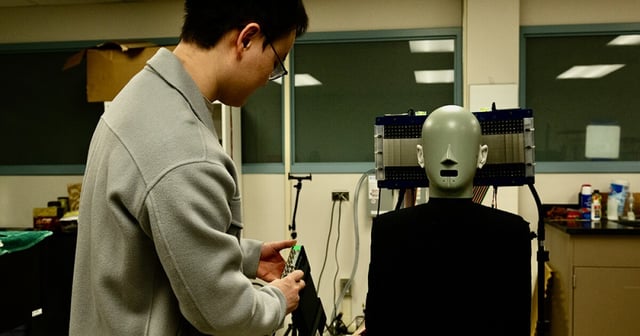Overview
- The technology uses intersecting ultrasound beams to generate sound audible only at a specific target point, creating localized audio delivery without headphones.
- Developed by Penn State University researchers, the system employs acoustic metasurfaces to bend ultrasound waves, enabling precise sound targeting.
- Current prototypes are limited to a range of about 1 meter and produce sound quality comparable to a poorly tuned radio, highlighting the need for further refinement.
- Potential applications include personalized audio in public spaces, immersive virtual reality experiences, and noise cancellation in specific areas.
- Challenges include improving sound fidelity, extending range, reducing energy consumption, and addressing safety concerns related to high-intensity ultrasound exposure.


